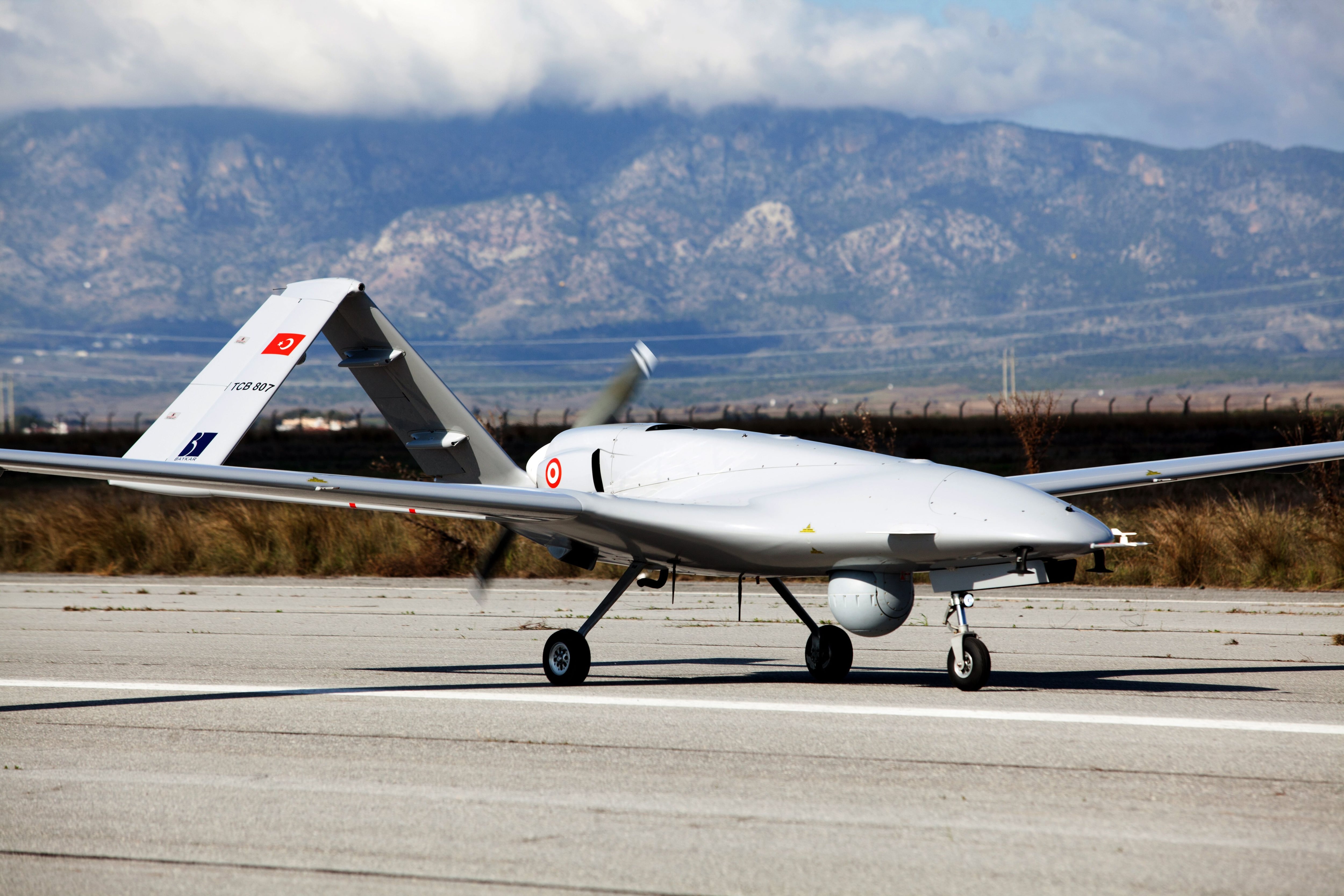- Views: 1K
- Replies: 7

Initially a significant asset for Ukraine, Bayraktar TB2 drones now face limitations as Russia bolsters its defenses. Once renowned for their precision strikes and reconnaissance, the Turkish-made drones are encountering a battlefield transformed by Russia's enhanced counter-drone capabilities.
Early Successes
In the war's early stages, Bayraktar TB2s were instrumental in Ukrainian tactics. Their 27-hour endurance enabled extensive surveillance, giving Ukrainian forces vital battlefield intelligence. Precision-strike capabilities effectively targeted Russian assets, slowing their initial advance.The Challenge of Upgraded Defenses
As the conflict continues, Bayraktar TB2s are increasingly challenged by Russia's upgraded air and electronic defenses. Sophisticated radar and anti-aircraft missiles now more easily detect and track drones, hindering their operations.Vulnerability and Shifting Roles
Bayraktar TB2 drones are vulnerable to Russian defenses. While once a potent offensive tool, Ukraine now avoids deploying them for strikes in heavily defended areas. Their role has shifted – they are still vital for reconnaissance and target tracking, but the risk of being shot down is too high for direct attacks.Adaptation and Continued Value
Ukraine has adapted. Rather than risking these assets in direct strikes, they are now primarily used for real-time intelligence gathering. While their offensive role is diminished, their surveillance capabilities remain invaluable to Ukrainian commanders.Analysis
The Bayraktar TB2 case study highlights the dynamic nature of modern warfare. Effective weapons systems can be countered by the enemy.The evolution of drone usage in the Ukraine conflict emphasizes the ongoing need for tactical adaptation and underscores the crucial, if altered, role these drones continue to play.
